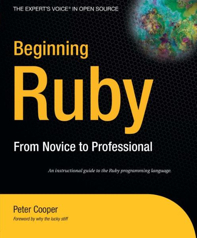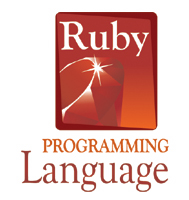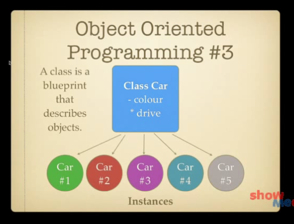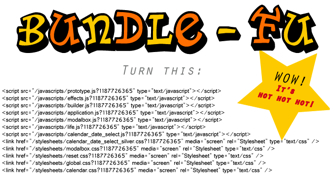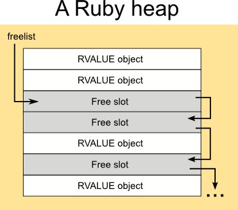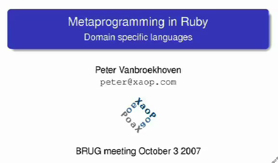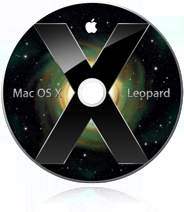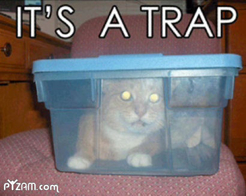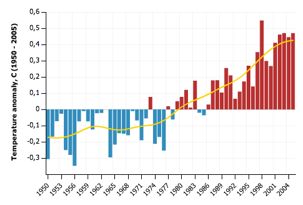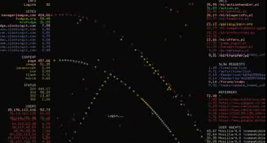As long time readers will know, Ruby Inside has its own jobs board at jobs.rubyinside.com. It doesn’t just have jobs posted only by Ruby Inside readers, but also jobs scraped from all over the Web with many Ruby and Rails related jobs being picked up every day (e.g. how does being a Ruby Engineer in Los Angeles take your fancy?).
Only two jobs were posted by Ruby Inside readers in October, but deserve special attention:
Ruby / MySQL Developers – Irvine, CA
WEGCash, an adult affiliate network company, are looking for some talented Ruby-focused Web developers to join their team in Irvine, California. Read More







